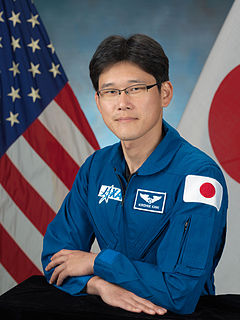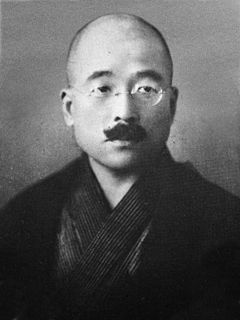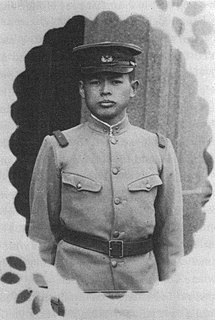 W
WRyōtarō Azuma was a Japanese physician and bureaucrat who served as Governor of Tokyo from 1959 to 1967.
 W
WCount Gotō Shinpei was a Japanese politician and cabinet minister of the Taishō and early Shōwa period Empire of Japan. He served as the head of civilian affairs of Taiwan under Japanese rule, the first director of the South Manchuria Railway, the seventh mayor of Tokyo City, the first Chief Scout of Japan, the first Director-General of NHK, the third principal of Takushoku University, and in a number of cabinet posts. Gotō was one of the most important politicians and administrators in Japanese national government during a time of modernization and reform in the late nineteenth and early twentieth centuries.
 W
WSurgeon General Shirō Ishii was a Japanese microbiologist, army medical officer, and war criminal who served as the director of Unit 731, a biological warfare unit of the Imperial Japanese Army.
 W
WSagen Ishizuka was a doctor in the Imperial Japanese Army who pioneered the concepts of shokuiku and the macrobiotic diet. He was one of the first to investigate the nutritional value of whole grains as well as sea vegetables, daikon, and kudzu.
 W
WNorishige Kanai, M.D. is a Japanese doctor and JAXA astronaut.
 W
WChikahiko Koizumi was a Japanese military physician.
 W
WGōtarō Mikami was a Japanese doctor during the Russo-Japanese War noted for his work with the Red Cross.
 W
WLieutenant-General Mori Rintarō , known by his pen name Mori Ōgai , was a Japanese Army Surgeon general officer, translator, novelist, poet and father of famed author Mari Mori. He obtained his medical license at a very young age and introduced translated German literary works to the Japanese public. Mori Ōgai also was considered the first to successfully express the art of western poetry in Japanese. He wrote many works and created many writing styles. The Wild Geese (1911–1913) is considered his major work. After his death, he was considered one of the leading writers who modernized Japanese literature.
 W
WViscount Saneyoshi Yasuzumi was a pioneer of naval medicine in Meiji Era Japan and an admiral in the Imperial Japanese Navy.
 W
WMinoru Shirota was a Japanese microbiologist. In the 1920s Shirota identified a strain of lactic acid bacteria that is part of normal gut flora that he originally called Lactobacillus casei Shirota; it appeared to help contain the growth of harmful bacteria in the gut. The strain was later reclassified as being Lactobacillus paracasei Shirota.
 W
WTadanori Ishiguro was the Japanese Army surgeon inspector general.
 W
WBaron Takaki Kanehiro was a Japanese naval physician.
 W
WPaul Nobuo Tatsuguchi , sometimes mistakenly referred to as Nebu Tatsuguchi, was a surgeon in the Imperial Japanese Army (IJA) during World War II. He was killed during the Battle of Attu on Attu Island, Alaska, United States on May 30, 1943.